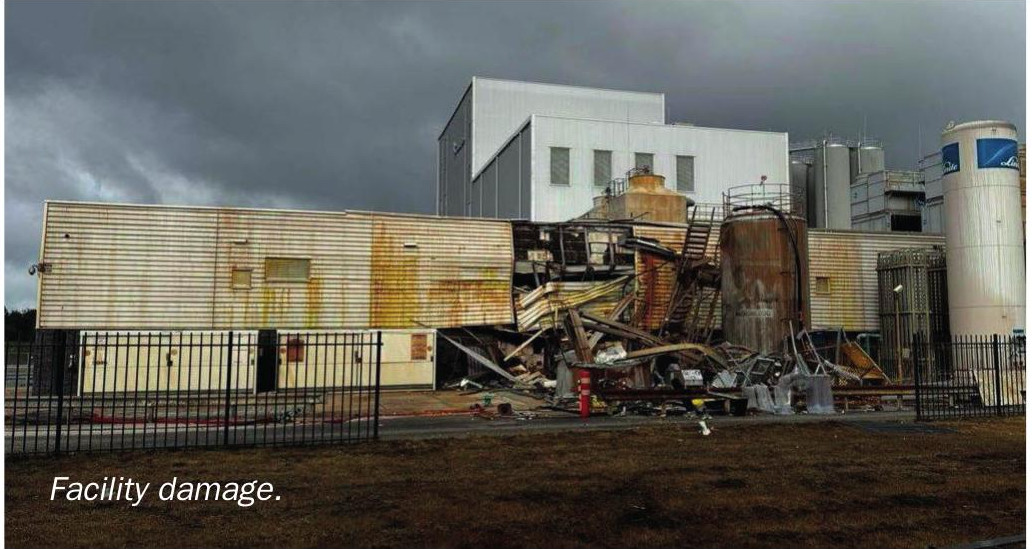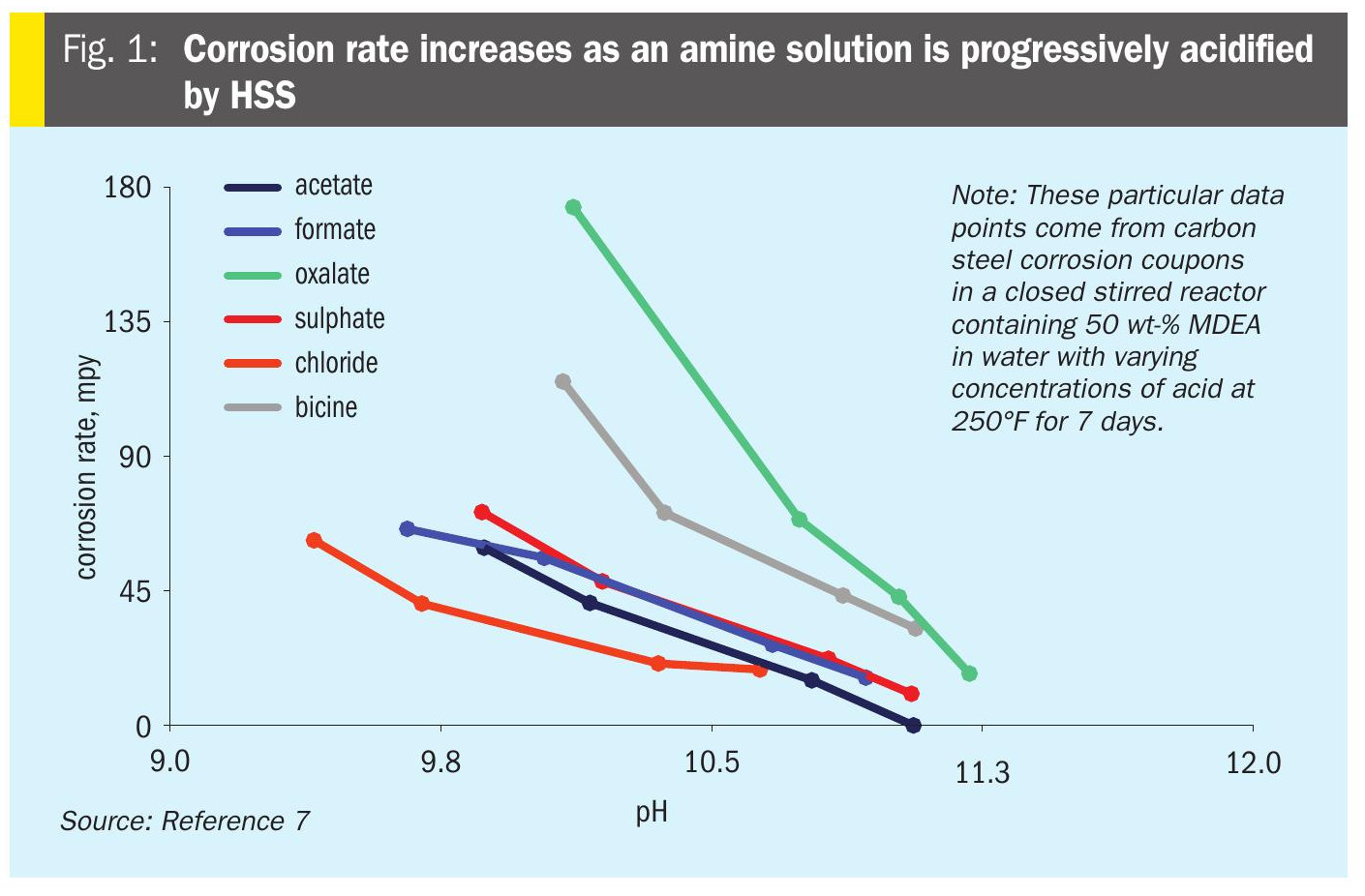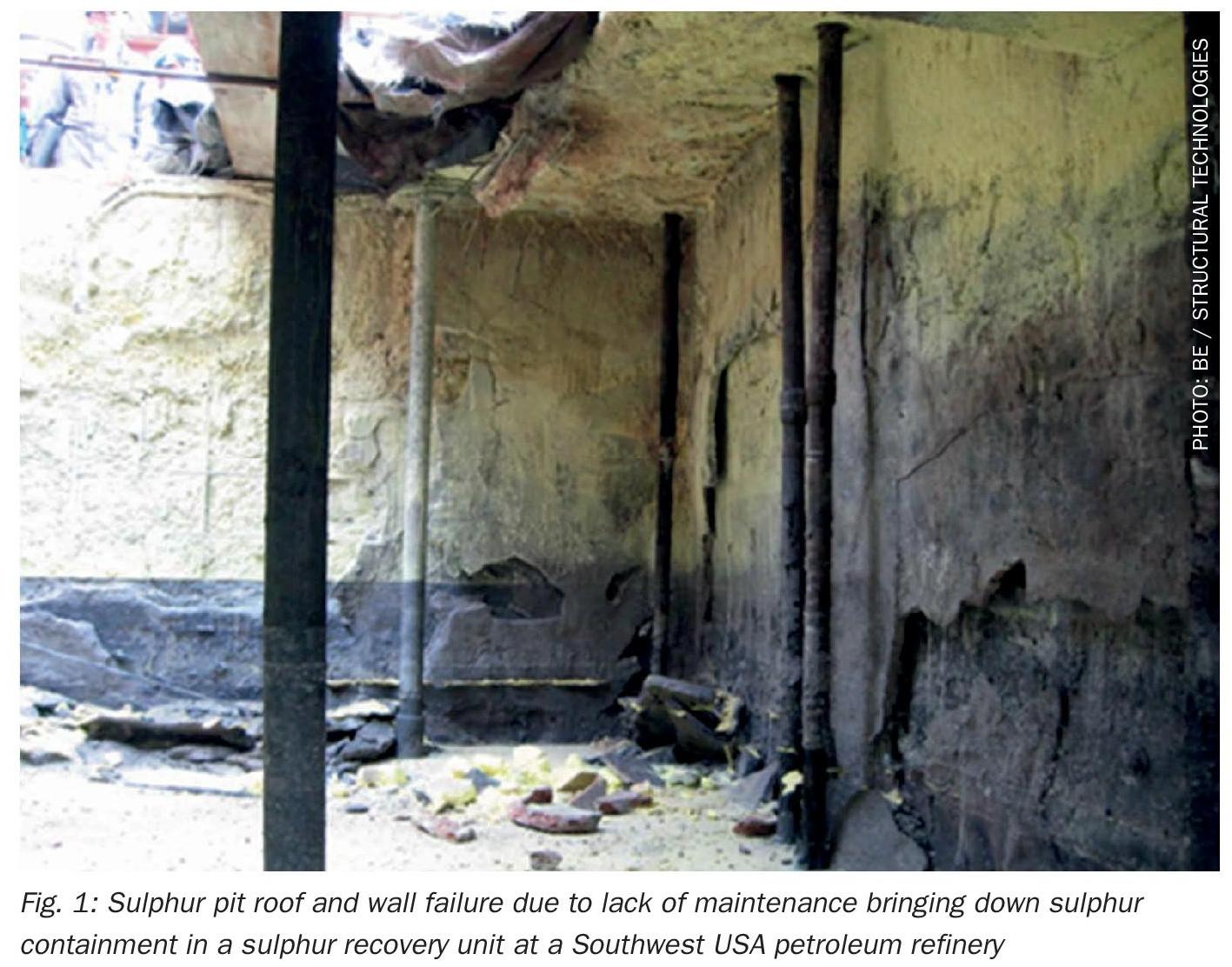Nitrogen+Syngas 398 Nov-Dec 2025

24 November 2025
Incident No. 7 Nitric acid tank explosion – Part 2

The following case study describes a serious incident and the consequences of erroneously mixing nitric acid with hydrochloric acid. In Part 1 we reported on the incident and the causes that led up to the event. In part 2 the impact, recommendations and lessons learned will be discussed.
The impact
The impact of the July 4, 2025 event goes beyond the immediate consequences at the plant site. The storage tank explosion caused a gas cloud composed of gases such as nitrogen dioxide and chlorine to be blown by the wind away from the nearby village. Due to the power of the explosion, the fuel tank lid (note UreaKnowHow.com: looking at the pictures it was more than a lid) landed on a nearby pasture, and environmental damage was another important consequence. Chemicals come into contact with soil and surface water, leading to pollution. As a result, the trees had to be removed and the company began soil and water remediation. The findings of the Water Authority show that the incident did not alter the quality of the water and soil. The incident also had a significant impact on the operational side. Production was stopped and the site was evacuated. Damage to facilities and infrastructure resulted in prolonged shutdowns and recovery efforts. Additionally, confidence in the company has been damaged: the incident has attracted national media attention and led to various regulatory inspections. The organisation must be accountable to external parties, including environmental services, living environment and transport inspections and the country’s Labour Inspectorate.
Summary impact
• Orange gas cloud – the explosion produced an orange nitrogen dioxide and chlorine gas cloud that was blown away by wind from the nearby village.
• Environmental damage and remediation – chemicals contaminated the soil; the trees had to be removed and soil remediation began.
• Operational consequences – shutdown, site evacuation, severe damage to the facility, resulting in long-term repair work.
• Public and media attention – the incident received national attention.
• Supervision and accountability – the organisation must be accountable to regulators such as the Environmental Services Agency, Human Environment and Transport Inspectorate and the country’s Labour Inspectorate.
Recommendations
The investigation resulted in a series of recommendations aimed at preventing similar incidents in the future. These suggestions are not only technical, but also focus on organisational and procedural improvements, including strengthening human action. They are based on the analysis of failure mechanisms and safety barriers, and one of the important considerations is to further refine the identification and access control of the site. Clearer gate signage and controls should prevent drivers from unloading at the wrong location. In addition, it should be ensured that the identity of chemicals is verified, including by checking bills of lading and UN codes. This is supported by improved checklists and the application of the six-eyes principle in the workplace for timely notice and correction of errors. Human actions have also received special attention. Employees are retrained in identifying risks, following procedures and reporting anomalies. The company takes this incident very seriously and has developed an extensive package of measures that have been or are being implemented. These apply not only to this site, but also to other locations where chemicals are used.
Summary of recommendations:
• Broad recommendations – suggested improvements centred on technical, organisational and procedural aspects with a focus on strengthening human action.
• Signage and access control – clearer signage and stricter access control should prevent drivers from unloading at the wrong location.
• Chemical identity verification – improved checklists and bill of lading and UN code checks, supported by the six eyes principle, to improve accuracy.
• Person-centred training – employees are retrained in risk identification, procedure compliance and anomaly reporting.
• Six-eyes reception principle – bulk chemicals are inspected by three people when unloading, greatly reducing the possibility of errors.
• Stricter procedures – existing checklists have been expanded with additional checkpoints, although they are already in compliance with regulations.
• Technical control measures – connectors can only be installed after clear inspection by safety experts.
• Organisation – wide implementation-these measures apply not only to this site, but to all sites where chemicals are used.
Lessons learned
The mistakes that led to the mixing of hydrochloric and nitric acid could have been avoided if the person concerned had followed the correct verification steps. This fact indicates deficiencies in workflow, training and communication and highlights the need for improvement. The incident shows that safety depends not only on technical facilities, but also on human alertness, organisational discipline and shared safety awareness. Procedures are only effective if they are known to everyone and applied consistently. The training should match the risk profile of the task. Unloading chemicals requires specific knowledge and experience and should be considered a high-risk task. Furthermore, the incident shows that technical barriers are critical to capturing human error. Crisis management must be prepared for unforeseen circumstances. The lack of a chemical mixing contingency plan leads to ad hoc decisions under time pressure, which increases the risk. These observations should be systematically incorporated into the improvement process so that structural deficiencies can be addressed in a timely manner and recurrence can be prevented, and finally, shared environmental awareness is essential. Information on escalation criteria must be clear and actively shared between the field and crisis teams.

Summary lessons learned
• Human error – the incident was caused by not following verification steps, which indicates deficiencies in workflow, training, and communication.
• Organisational discipline – safety depends on alertness, shared safety awareness, and consistent procedure application.
• Task-oriented training – training should match the risk profile of the task; Releasing chemicals requires specific knowledge and experience.
• Crisis management – lack of contingency planning leads to improvisation under time pressure, which increases risk.
• Monitoring and improvement – organisations must actively monitor compliance, report deviations and deal with them structurally in improvement processes.
Source: https://ureaknowhow.com/4-july-2025-nitric-acid-explosion/








